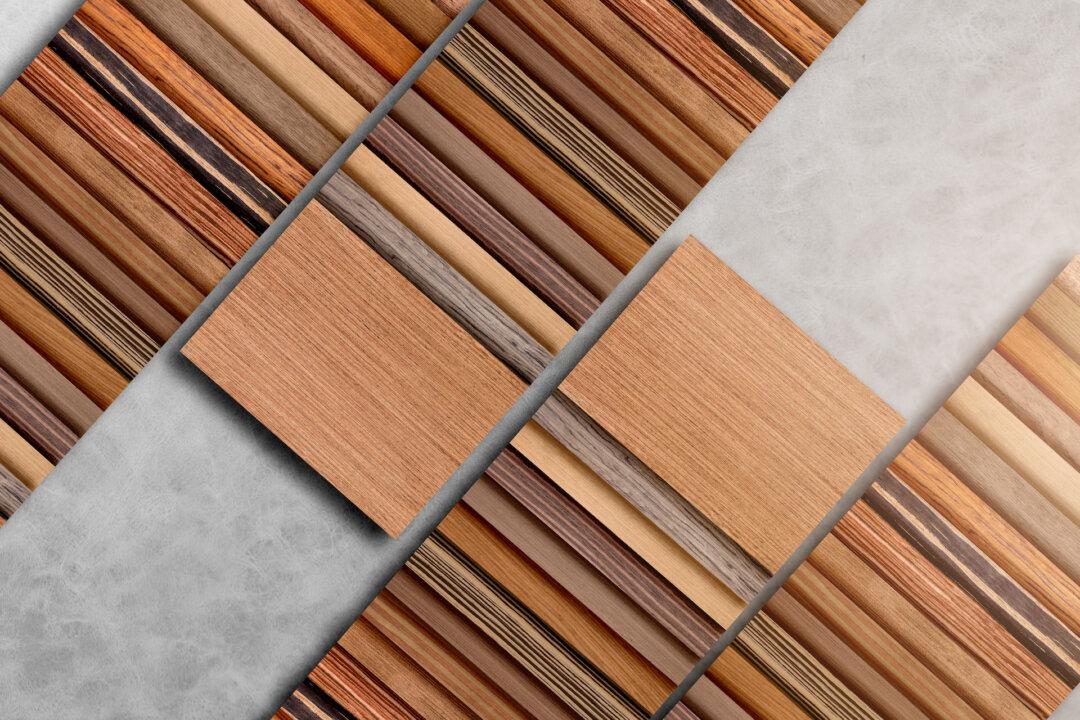Just tug on some of the new weatherstripping where there might have been discoloration. If it’s bad underneath it, you'll notice it feels different. Once all that is fixed, if you still feel air leaks, the only other possible leaky areas are where caulk has deteriorated.
People often get the terms caulking and weatherstripping confused. Caulk is used to seal areas that are fixed in place, and weatherstripping is used to seal areas that move relative to each other. The most likely deteriorated caulk is where the window frames is sealed into the opening in the wall.
For an effective caulking job, it’s important to remove as much of the old caulk as possible. Ideally, you should remove it all so the new caulking adheres to the wall opening lumber and the window frame. You should never just try to spread some new caulk over a crack in the old caulk. I can guarantee it will be leaking again in less than a year.
Start out by using a stiff putty knife to scrape away any of the old caulk that is loose. Carefully scrape deeper, trying not to damage the wood any more than necessary. A few small gouges will be filled with the new caulk. Heating the old caulk with a hair blow-dryer or an electric heat gun makes it softer and easier to remove.
There are many different types of caulk to use, as you will find when you visit the caulk aisle at your home center store. Since you will probably want to paint the frame and caulk, a siliconized acrylic latex caulk is a good choice. Most have a stated life of 25 years or more.
Once the old caulk is cleaned out, inspect the wood for any signs of deterioration. Remove any bad wood. This may leave some fairly large gaps to fill with caulk. If any spots are wider than about one-quarter inch, stuff some foam backer rope into the gap first before applying the new caulk.
Now you are ready to select a caulking gun. Don’t just buy the least expensive one even though they all look somewhat similar. A better caulking gun will have a smoother operating trigger to provide better control over the flow of the caulk. It’s sometimes difficult to determine this before using the gun, so just buy a more expensive one.
Cut the tube on a 45-degree angle. Cut up far enough to create a hole about the same width as the gap you’re trying to fill. Always start at one end because a small blob is usually created where you start. Do an entire side of the frame without stopping or there will be a blob where you stop. Smooth the caulk bead with a wet finger or a plastic smoothing tool.






